Rotary-Wing Aircraft
Aircraft come in various types, each designed for specific purposes, environments, and operational requirements. Here are some common types of aircraft:
Fixed-Wing Aircraft: Fixed-wing aircraft are the most common type of aircraft and are characterized by their wings that remain stationary during flight. They include:
Commercial Airliners: Designed to transport passengers and cargo over long distances, commercial airliners like the Boeing 737, Airbus A320, and Boeing 787 are the workhorses of the aviation industry.
General Aviation Aircraft: These include private planes, business jets, and small aircraft used for personal and business travel, flight training, and recreational flying. Examples include the Cessna 172, Piper Cherokee, and Beechcraft King Air.
Military Aircraft: Military fixed-wing aircraft serve various roles, including fighter jets for air combat (e.g., F-16 Fighting Falcon), bombers for strategic strikes (e.g., B-2 Spirit), transport planes for troop and cargo transport (e.g., C-130 Hercules), and reconnaissance aircraft for intelligence gathering (e.g., Lockheed U-2).
Rotary-Wing Aircraft: Also known as helicopters, rotary-wing aircraft feature rotating blades that provide lift and propulsion. They include:
Utility Helicopters: Used for various missions, including transport of troops, cargo, and equipment, search and rescue operations, and medical evacuation. Examples include the UH-60 Black Hawk and Eurocopter AS350.
Attack Helicopters: Designed for combat operations, attack helicopters are armed with weapons systems for engaging enemy targets on the ground and in the air. Examples include the AH-64 Apache and Mi-24 Hind.
Heavy-Lift Helicopters: These helicopters are capable of lifting heavy loads and transporting oversized cargo. Examples include the Sikorsky CH-53 Sea Stallion and Boeing CH-47 Chinook.
Lighter-Than-Air Aircraft: These aircraft rely on buoyant gases, such as helium or hydrogen, for lift. They include:
Balloons: Simplest form of lighter-than-air aircraft, consisting of a large envelope filled with a lifting gas. Hot air balloons use heated air for lift, while gas balloons use helium or hydrogen.
Airships: Also known as dirigibles or blimps, airships feature a rigid or semi-rigid structure that maintains their shape. They are used for advertising, aerial observation, and research.
Gliders: Gliders are unpowered aircraft that rely on air currents and gravity for lift and propulsion. Pilots use thermals, updrafts, and wind gradients to maintain altitude and extend flight duration.
Unmanned Aerial Vehicles (UAVs): Also known as drones, UAVs are aircraft operated remotely or autonomously without a human pilot on board. They serve various purposes, including reconnaissance, surveillance, aerial photography, and package delivery.
Experimental Aircraft: Experimental aircraft encompass a wide range of prototypes, home-built planes, and unique designs used for research, testing, and personal projects. These aircraft often push the boundaries of aviation technology and innovation.






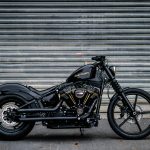


















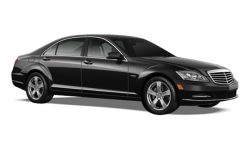
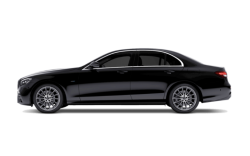



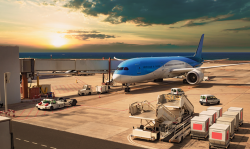





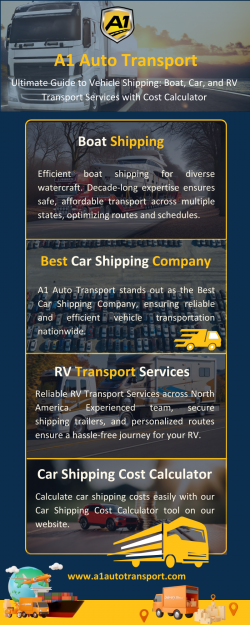





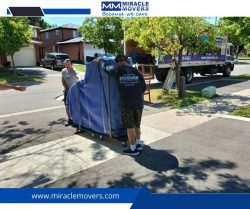






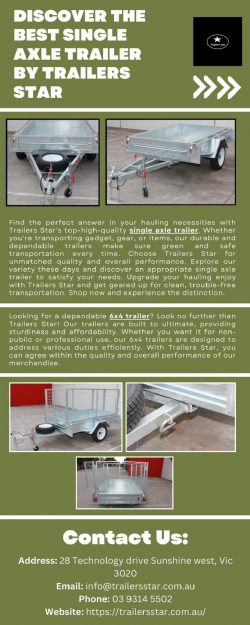










https://dai.ly/k12DkSn40IN7ePAlgQ6
https://pixabay.com/users/ojasvibirlaplan-43072183/
https://ameblo.jp/birlaojasviplanning/entry-12845880554.html
https://www.goodreads.com/user/show/176805665-birla-ojasvi
https://www.sportskeeda.com/profile/prestigecityhyderabadplot-16ab4
https://allevents.in/org/prestige-city-hyderabad/23858699
https://conifer.rhizome.org/cityhyderr
https://community.khoros.com/t5/user/viewprofilepage/user-id/142270
https://www.couchsurfing.com/people/prestige-clairemont
https://community.dynamics.com/profile/?userid=91ccff6f-12eb-ee11-a204-000d3a8b3756
http://fhw.342.s1.nabble.com/Embrace-the-Prestige-Clairemont-Lifestyle-td7167.html
https://www.thinglink.com/scene/1829407999370724005
https://works.bepress.com/prestige-cityhyderabadcondo
https://morguefile.com/creative/prestigecityhyderabvil
https://forums.commentcamarche.net/profile/user/prestigecityhyderr
https://www.fodors.com/community/profile/prestigecityhyer/about-me
https://www.komoot.com/user/3984490499342
https://www.cureus.com/users/741613-prestige-clairemont-sr-
https://www.allaboutjazz.com/member-prestige-clairemont
https://www.pinterest.cl/pclairemont/
https://www.yourtango.com/user/961406/myblog
https://forums.webyog.com/forums/users/ojasvibirlacondo/
https://app.talkshoe.com/user/birlaojasviblore
https://ojasvibirlahaven.futbolowo.pl/about-us
https://git.cyu.fr/davidparkerj
https://snd.click/rype
https://blackplanet.com/birlaojasviplan
https://i.techbang.com/users/birlaojasviplots
https://videa.hu/videok/vicces/prime-location-advantage-birla-ojasvis-plots-villas-PFt1vzDjWwwMGIou
https://slatestarcodex.com/author/ojasvibirlacondo/
https://dai.ly/kBBE8LuraxRwKVAonDY
https://www.myheritage.com/profile-1649138024-0-1970014130/prestige-clairemont
https://www.wevideo.com/view/3390087233
https://www.hackster.io/prestigeclairemontplots
https://www.twine.net/PrestigeClairemont/about
https://www.pechakucha.com/users/prestige-clairemont
https://tinychat.com/room/birlaojasvivil
https://www.taptap.io/user/630444036
https://tree.taiga.io/profile/birlaojasviplat
https://en.audiofanzine.com/users/1467549/
https://slideslive.com/prestigeclairemontflats?tab=about
https://www.kekogram.com/prestigeclairemoo
https://rapidapi.com/user/prestigeclairemontplots
https://fishbaseapi.readme.io/discuss/660d452779d4450018fb4519
https://allmyfaves.com/BirlaOjasvi?tab=Birla%20Ojasvi%20Row%20Houses
https://www.interacao.espm.br/profile/birlaojasvivillas/profile
https://doodleordie.com/profile/birlaojasviplat
https://www.multichain.com/qa/user/ojasvibirlaplan
https://qooh.me/birlaojasv
https://www.anime-planet.com/users/birlaojasviplat
https://foxchapel.bubblelife.com/users/birlaoajsviblore
https://www.webtoolhub.com/profile.aspx?user=42386960
https://dlcommunity.matillion.com/s/profile/005Tm000000KWLV
https://caramellaapp.com/birlaojasvicondo/RT7ap03sL/explore-birla-ojasvi-luxury-residences-in-rr-nagar-bangalo
https://community.startuptalky.com/member/OJuYM0YLfC
https://sociabuzz.com/birlaojasvibuilt
https://grabcad.com/prestige.city.hyderabad-1
https://archello.com/user/city-hyderabad-prestige
https://creator.wonderhowto.com/prestigecityhyd/
https://www.doorkeeper.jp/users/cityhyderabpres?locale=en
https://www.sonicbids.com/band/prestige-city-hyderabad-floor/
https://prestigecityhyder.8b.io/
https://old.meneame.net/user/prestigeclairemonthyder
https://wto.to/u/1957733-prestigeclairr
https://www.guilded.gg/u/prestigeclairemontp
https://opentutorials.org/profile/160289